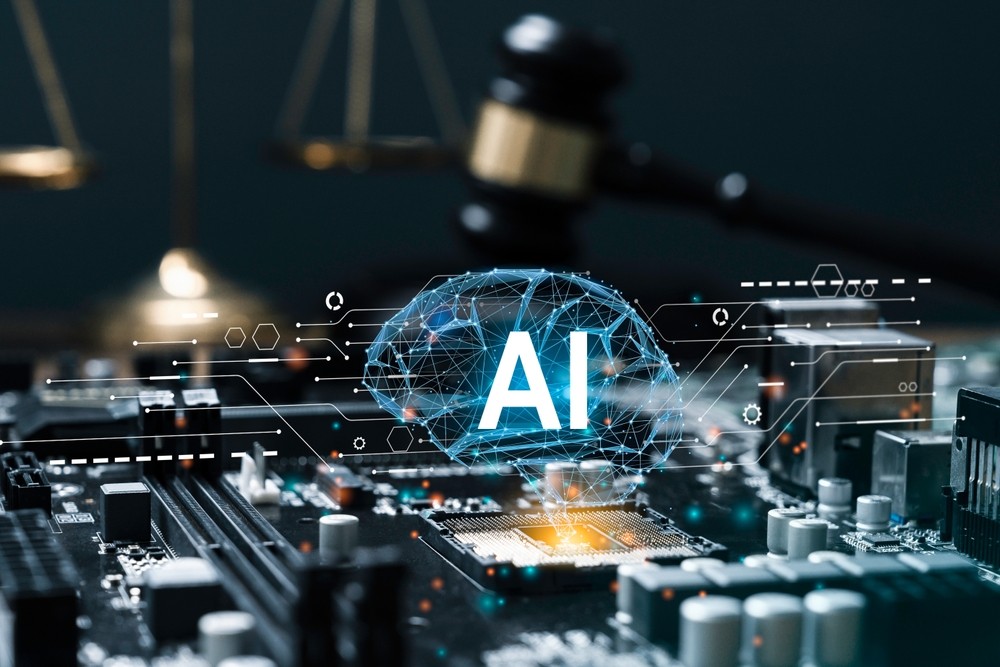Agentic AI is rapidly evolving to shape the future of technology and technology management as we know it. While its widespread adoption is still on the horizon, momentum is building. Gartner calls agentic IT “one of the hottest topics and perhaps one of the most hyped topics in gen AI today,” and forward-looking enterprises are already investigating what it will take to tap into its potential to drive efficiency and deliver a competitive edge.
At its core, agentic AI refers to AI systems that can independently make decisions, initiate actions, and execute tasks without continuous human oversight.
In today’s complex and fast-moving IT environments, agentic AI promises to revolutionize operations by enabling systems to operate autonomously, optimize performance, and improve operational agility.
This leap forward has significant implications:
• For IT leaders, it improves system health and resiliency, promotes self-healing and self-optimized environments, shortens ramp-up time for new employees, and frees teams to focus on more strategic initiatives.
• For business leaders, it increases productivity, reduces costs, reduces time to market for new innovations, and enhances customer experiences.
But to ensure success, agentic AI requires a foundational readiness that many organizations have yet to build. From observability to data readiness to “learning to let go,” and more, here are five steps your organization can take to prepare for agentic AI.
1. Modernize IT operations
The good news is that most organizations are already taking the first step: modernizing their IT operations. This means consolidating fragmented tools and technologies to create a unified, real-time view of the IT estate – a single source of truth.
This is foundational to agentic AI because agents can’t make smart decisions or take meaningful actions without a complete picture of what is happening. You can’t manage, or automate, what you can’t see. So, discovery and observability are key. They provide agentic systems with the critical insights they need to understand the environment, identify issues early, and act on them proactively.
2. Focus on data readiness
Data integrity and accuracy – both key to achieving a single source of truth – are surprisingly unsolved problems in IT.
For example, many IT organizations lack discovery tools, and manual updates to CMDBs are common, which can severely impact data accuracy.
Agentic AI relies heavily on observability and an accurate map of the IT environment. If the CMDB is wrong, the agent’s understanding of the environment becomes flawed, potentially leading to incorrect assumptions or unintended, risky actions that could jeopardize operations.
The goal is to have a comprehensive, real-time view of your infrastructure. Not a static snapshot that gets refreshed every two weeks.
3. Identify automation use cases
Next, look for automation opportunities. Identify frequent, redundant, or error-prone activities. Those are your low-hanging fruit for automation. With agentic AI, you can start assigning those tasks to digital agents.
Review where your team is spending operational time. Create a backlog of those tasks and assess where automation can have the most impact. Then, consider the tools or technologies you’ll use to automate them.
One very basic example is password resets. It’s the most common task IT service desks handle and one that most companies have already automated due to its repetitive nature.
Another example is onboarding new employees. Provisioning accounts, setting up access to business systems, issuing devices, adding them to distribution lists, etc. is a multifaceted, multistep task that touches many systems and is a great candidate for automation.
4. Implement governance
Agentic AI is moving fast. Some experts say that agents will outnumber humans in the next 3 years. That kind of growth creates complexity. If you have a network of semi-autonomous agents interacting with each other, you can quickly reach a point where no single person fully understands all the interactions. This non-deterministic behavior can create significant security and compliance risks.
Hence, the importance of starting with simple, well-understood use cases. Build agents that perform basic, repetitive tasks and make sure you understand how they operate.
Additionally, it’s essential to have management platforms in place for your agents – systems that provide an audit trail, explainability, and oversight. AI agents are just applications. They're fueled by LLMs, exposed via APIs (e.g. MCP), and assigned goals. But you need instrumentation, training, and management tools to ensure an sbility to understand and govern their execution.
5. Learn to let go… when you are ready
Despite agentic AI gaining traction, there is still understandable hesitation regarding autonomous AI and a lack of human control and oversight.
Transparency and explainability are helpful, but ultimately, your organization must determine the level of control it wants to retain, based on your industry and existing governance controls, as well as the functions you intend to automate
The key is to ensure that any agentic AI platform offers the flexibility and control your business needs. Companies should wade into Agentic AI with due deliberation, and ensure there are “humans in the middle” of critical business workflows until the company has developed enough trust and experience in Agentic-driven processes and how to manage them
Maturing your agentic AI strategy
Agentic AI is not a distant vision. It is here today. Early implementations are already emerging, and progressive enterprises are starting to pilot simple, single-agent tasks. Others have gained confidence and begun adopting agents that collaborate within a controlled ecosystem, beginning to operate across broader segments of the enterprise. These agents share real-time updates, escalate issues to humans or other agents, trigger actions (such as security updates), and monitor compliance with policies and regulations.
But the shift and maturation of agentic AI won’t happen overnight. Take concrete steps now to help position your business to fully leverage the transformative power of this technology.






